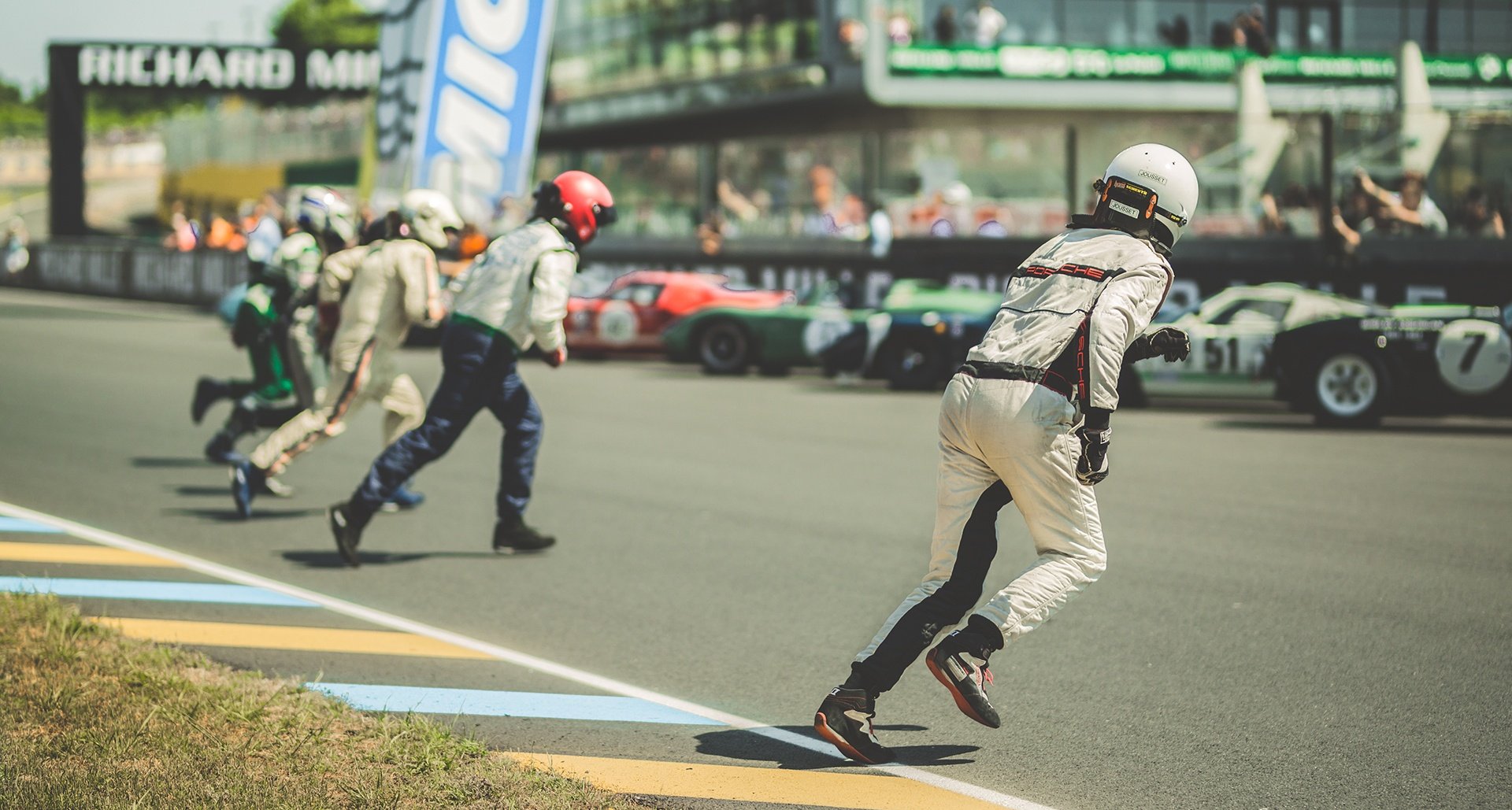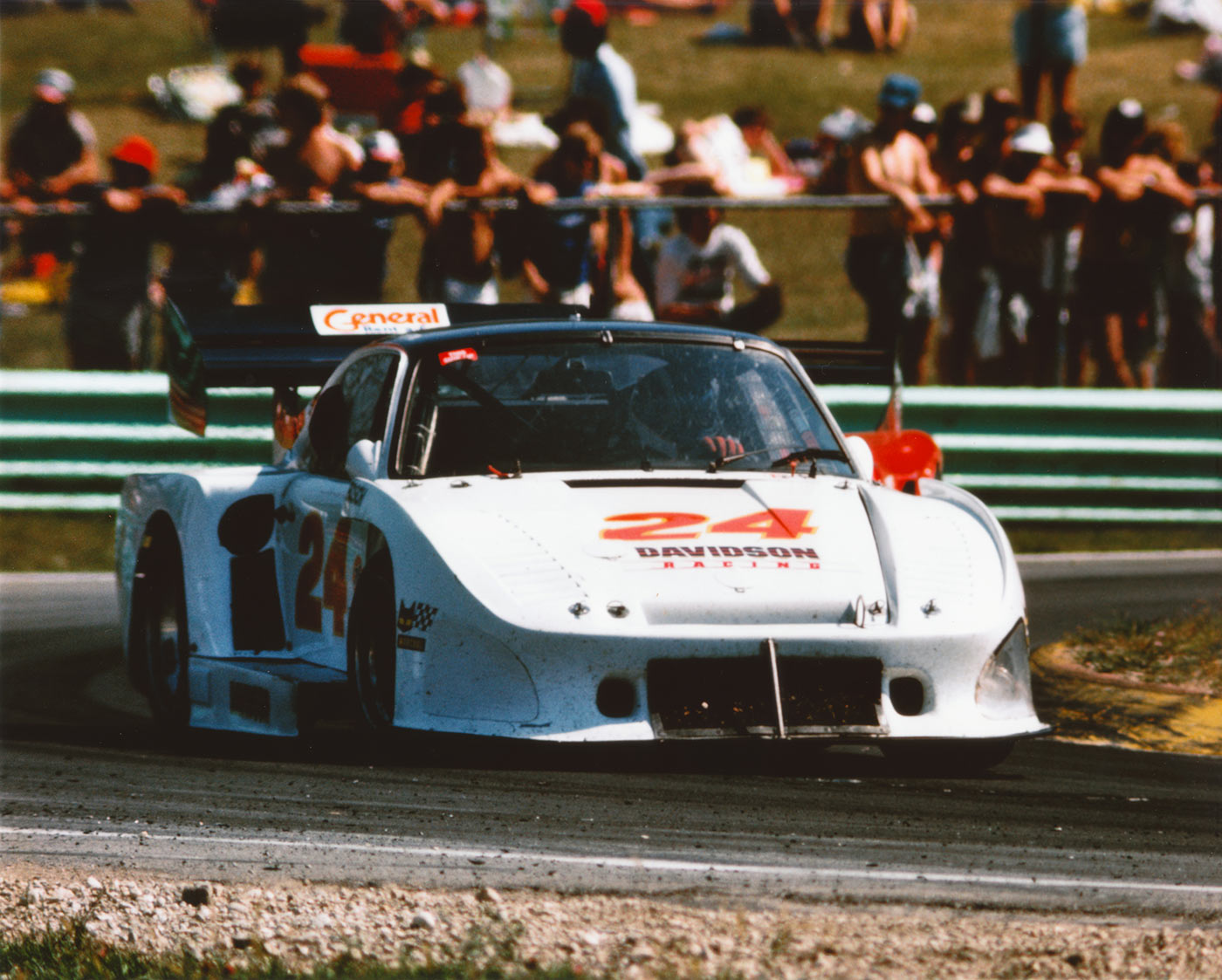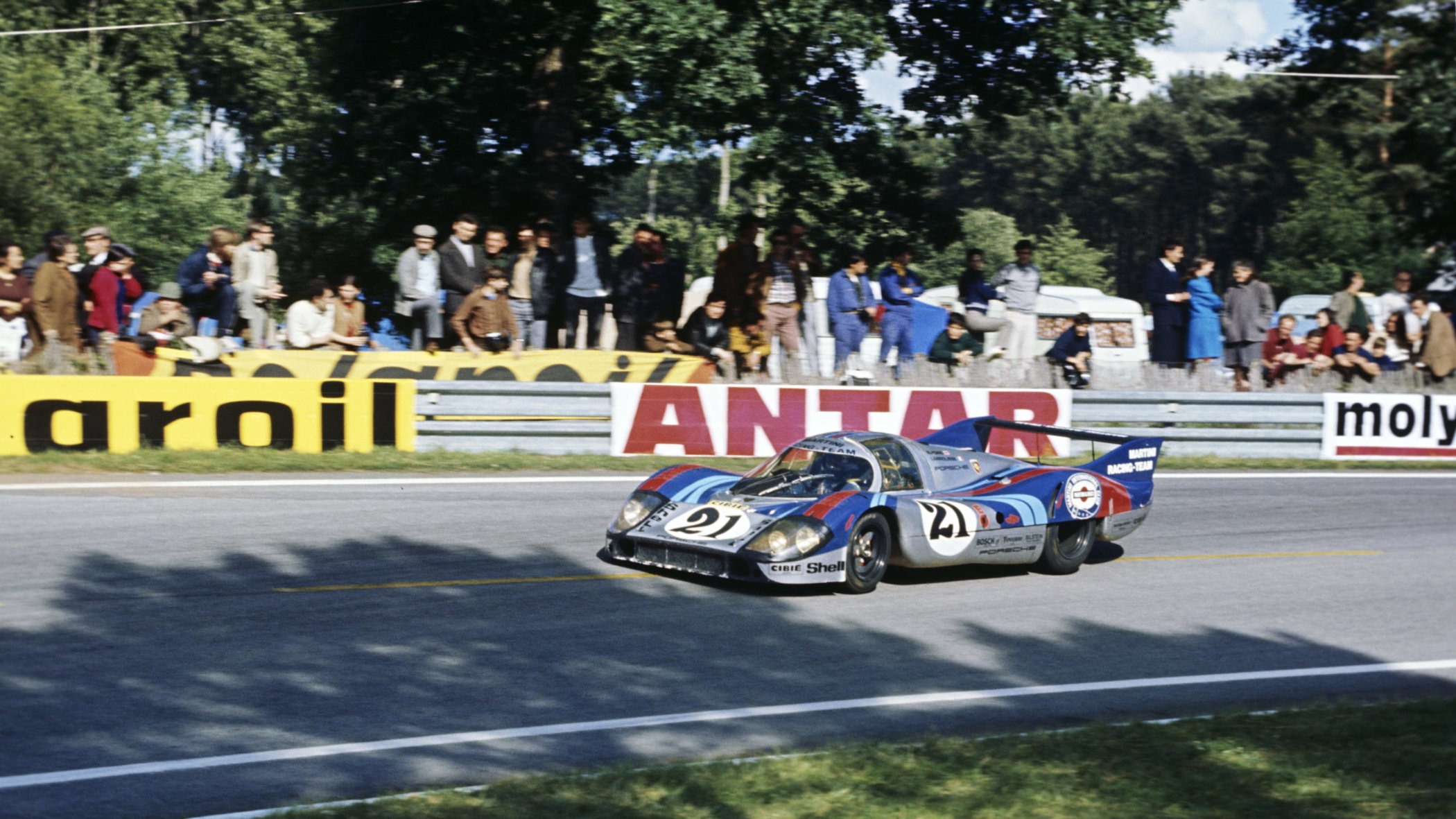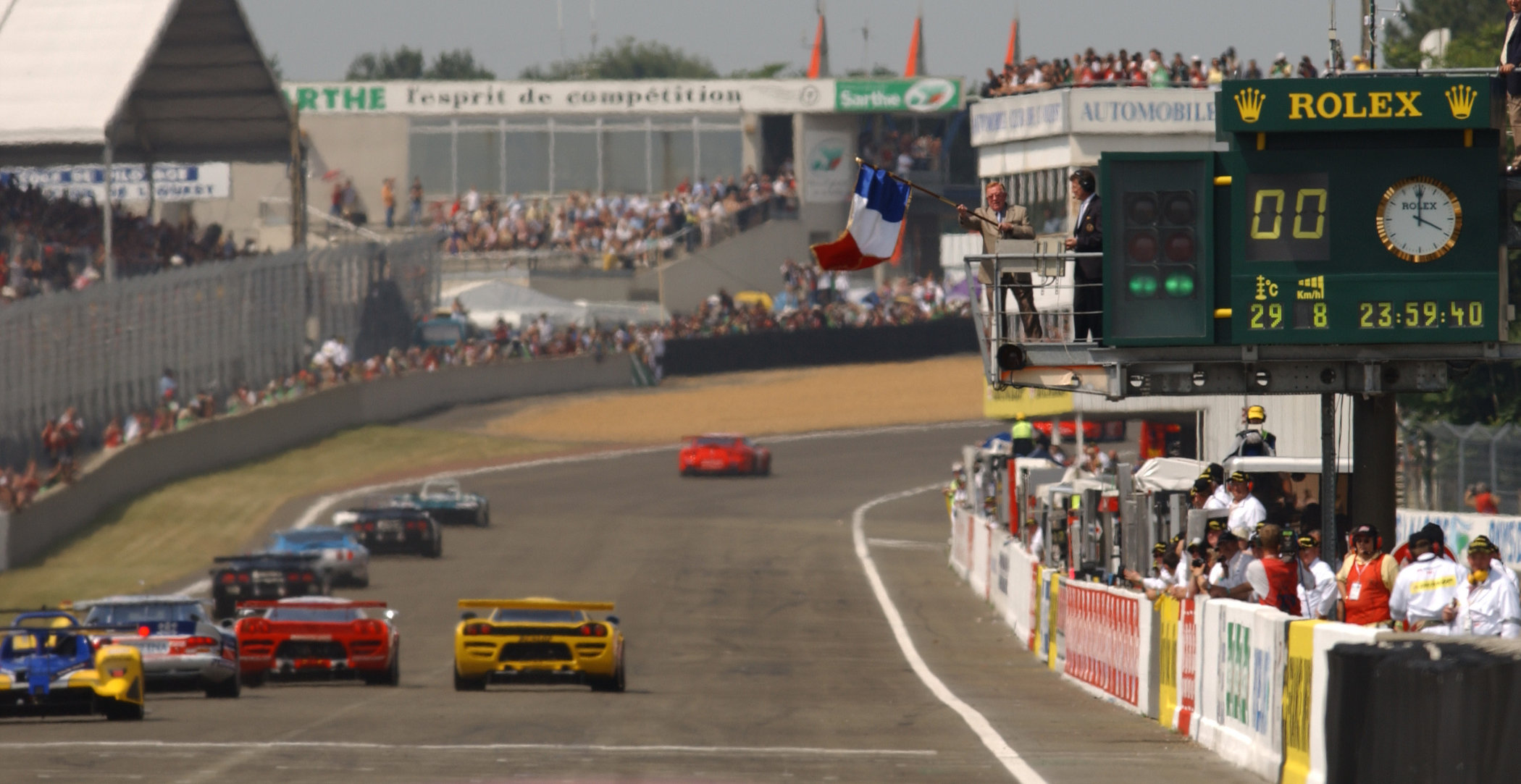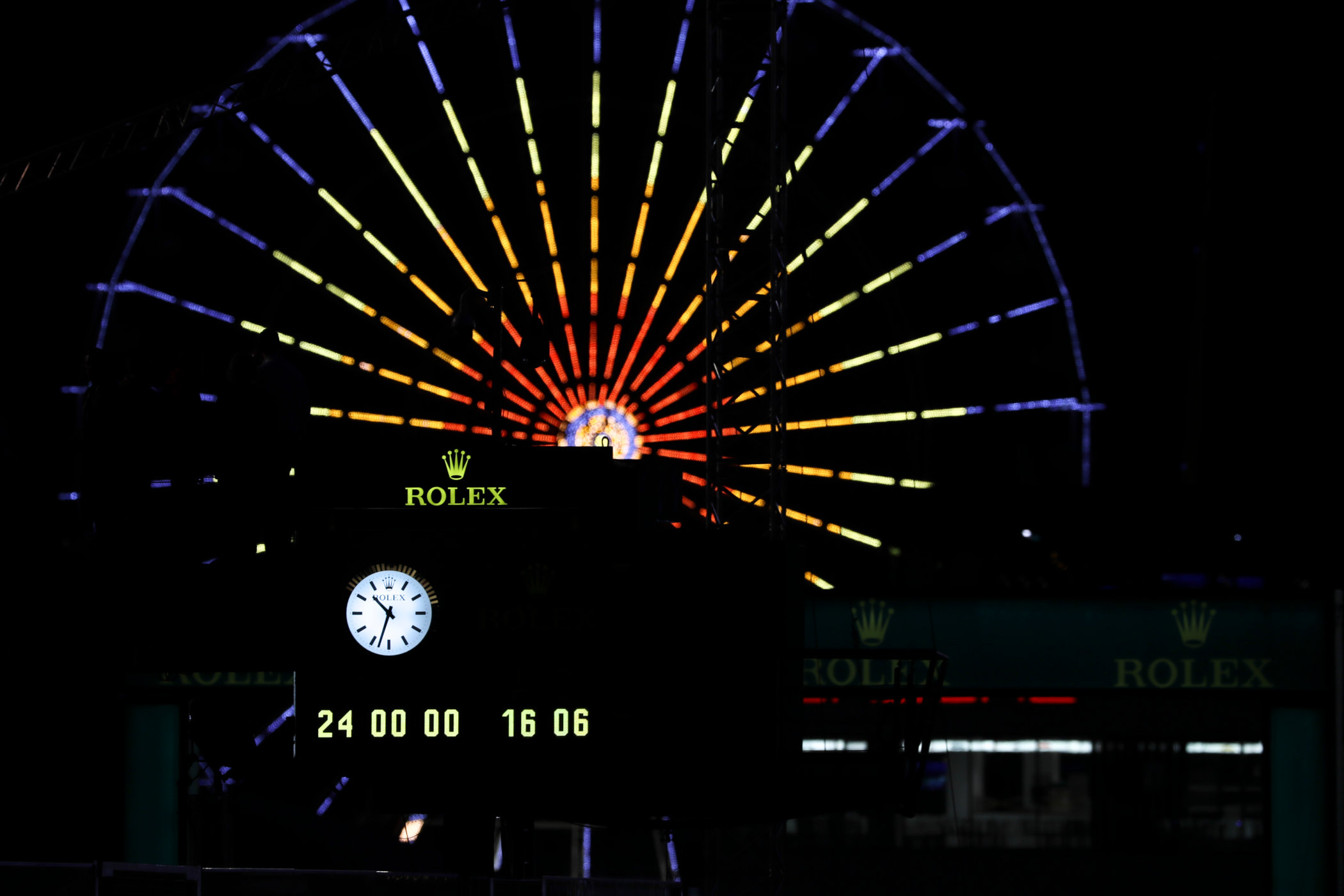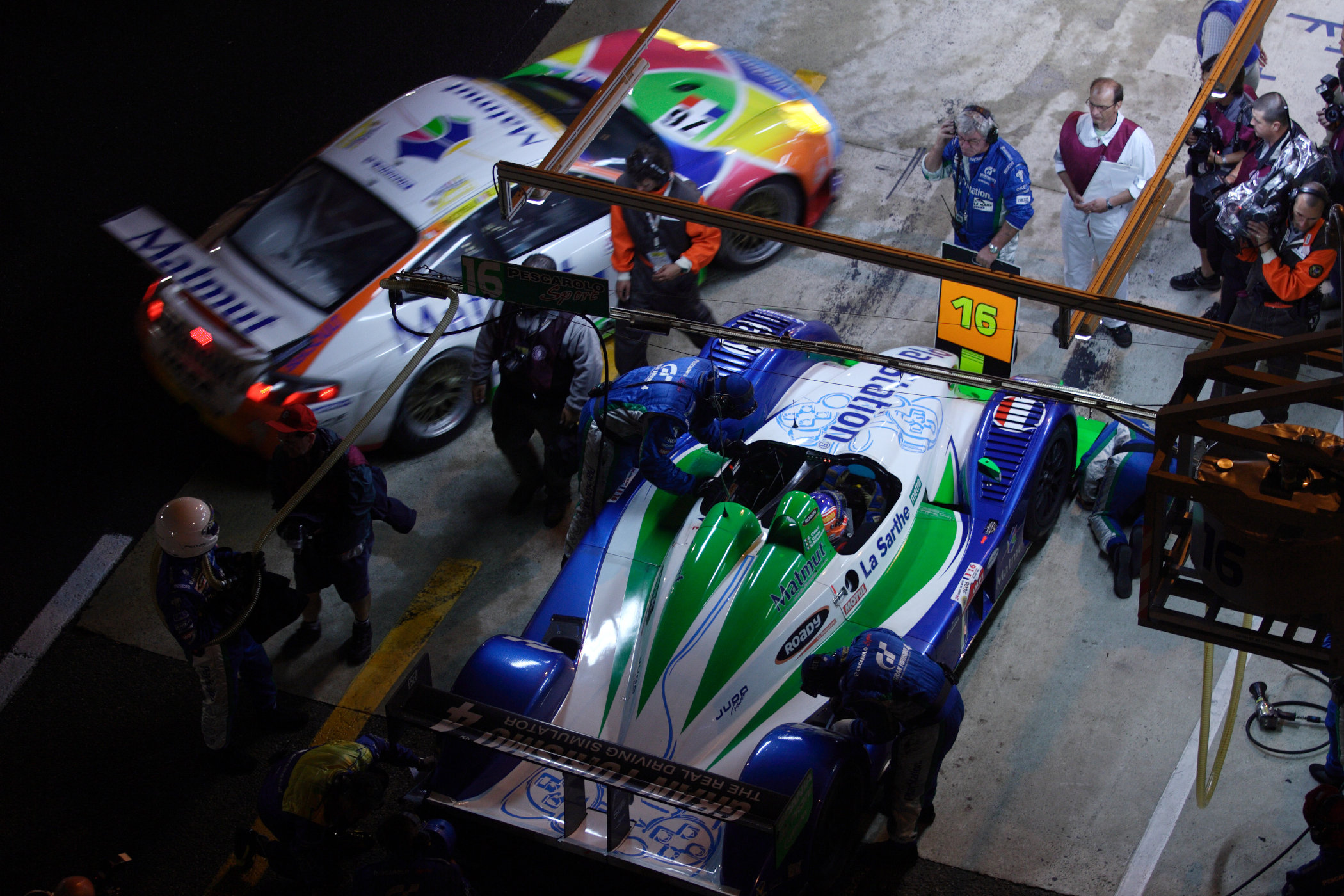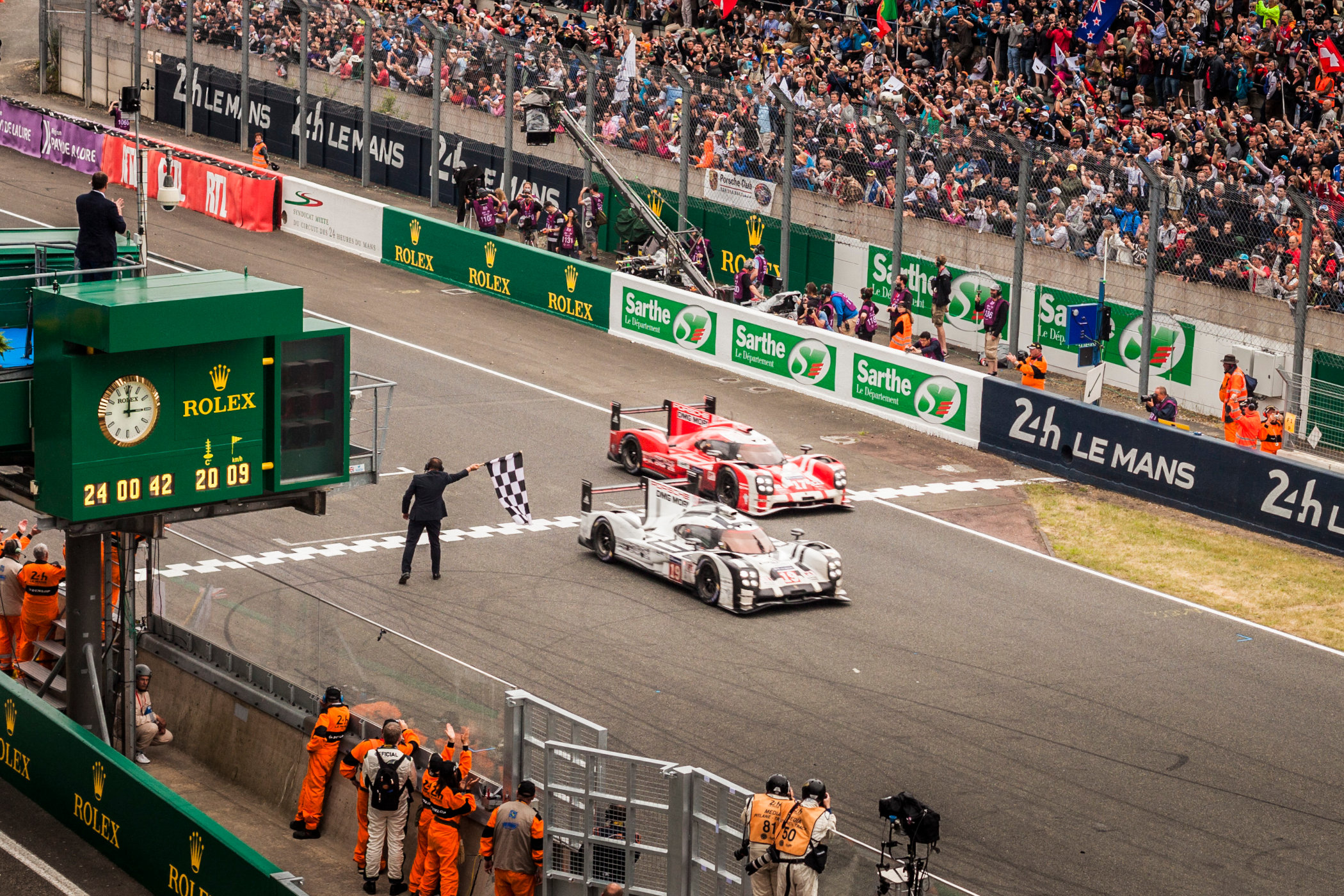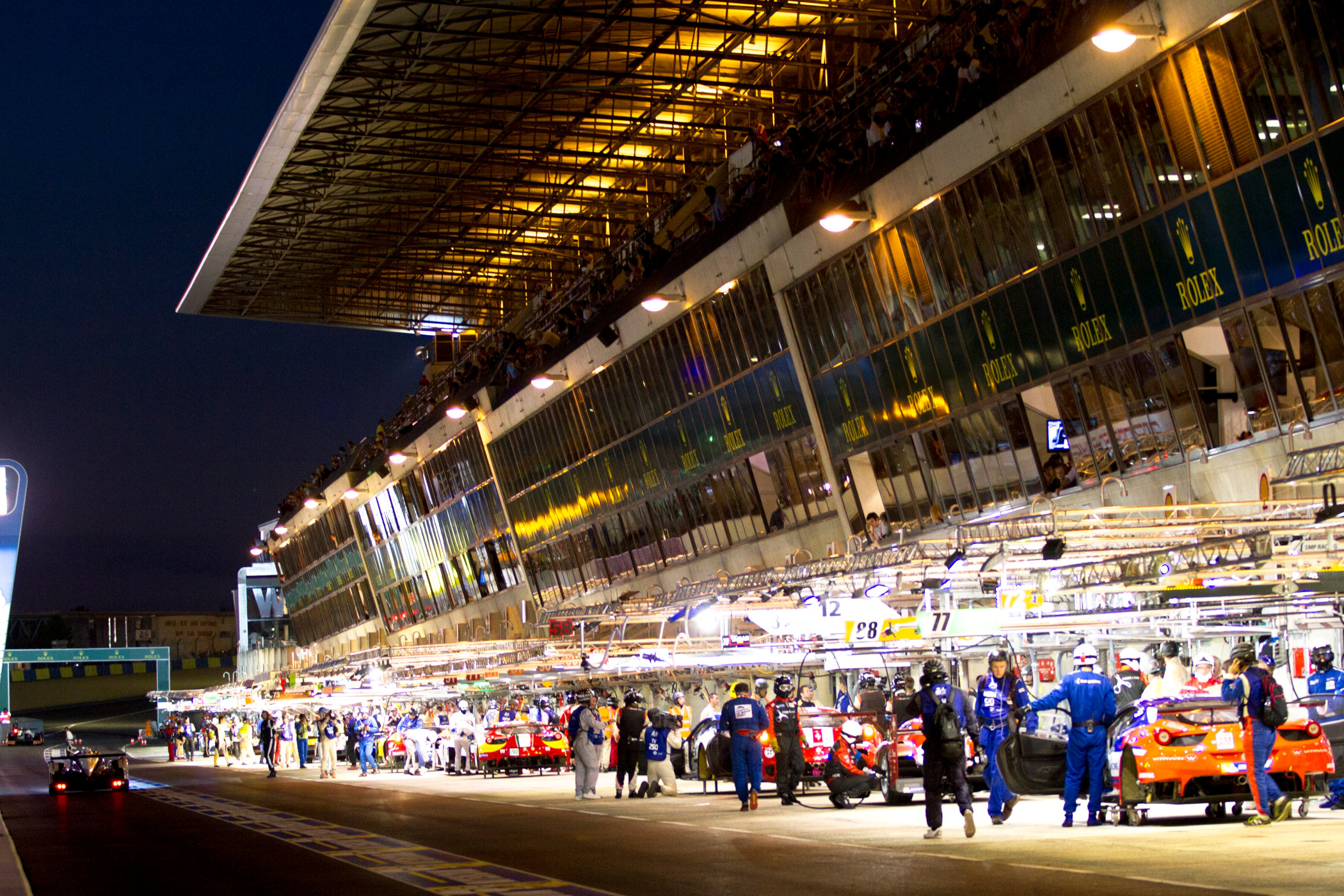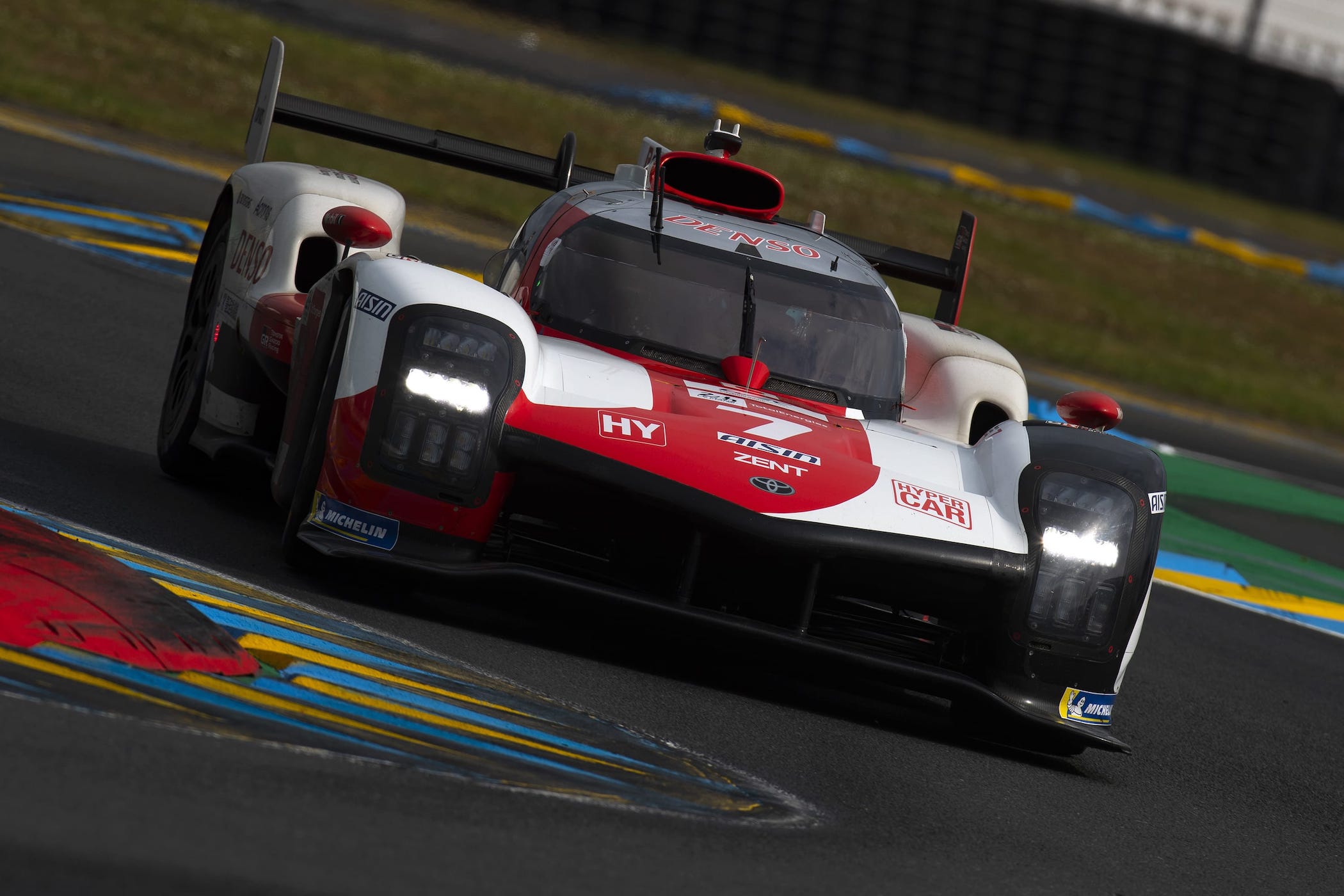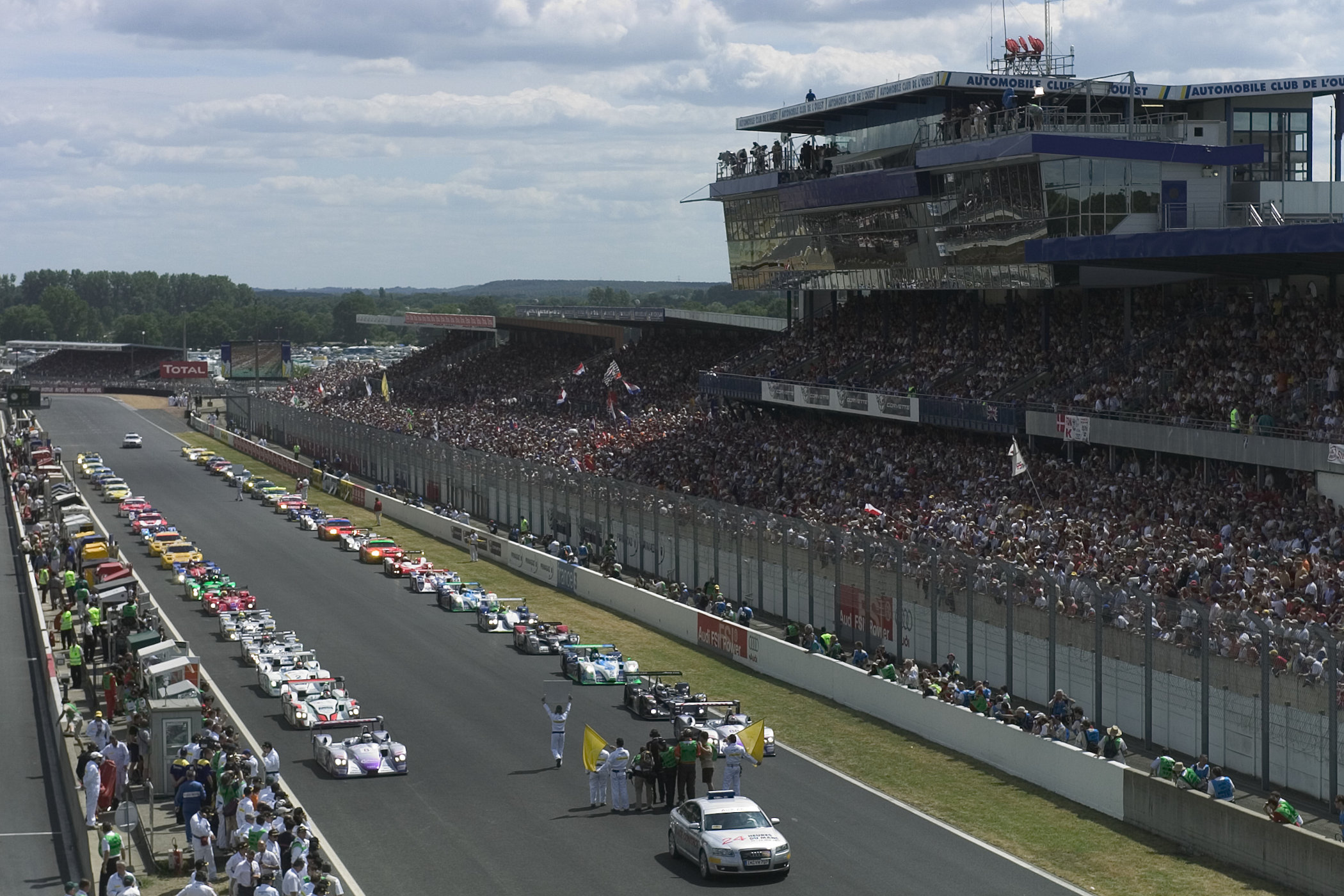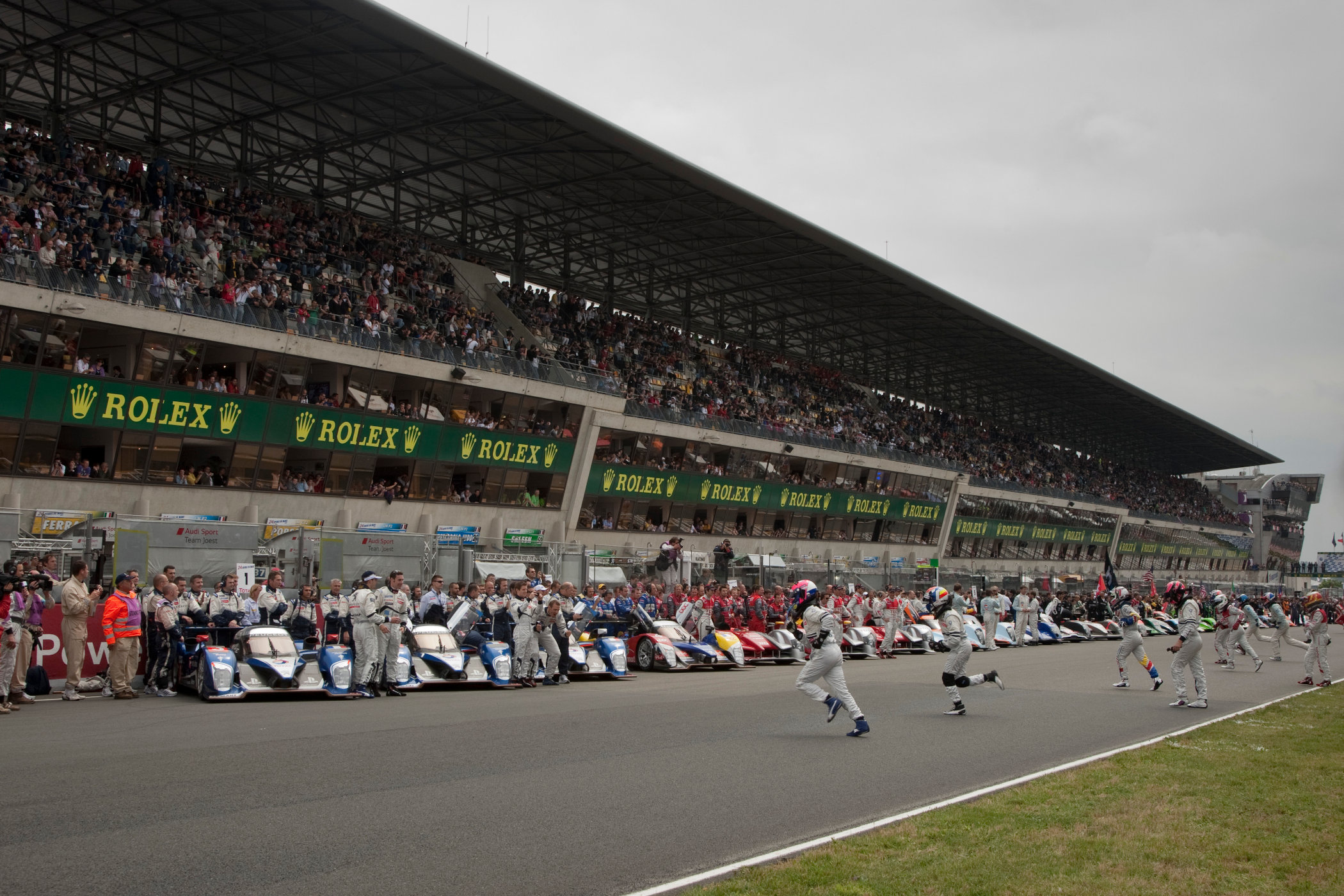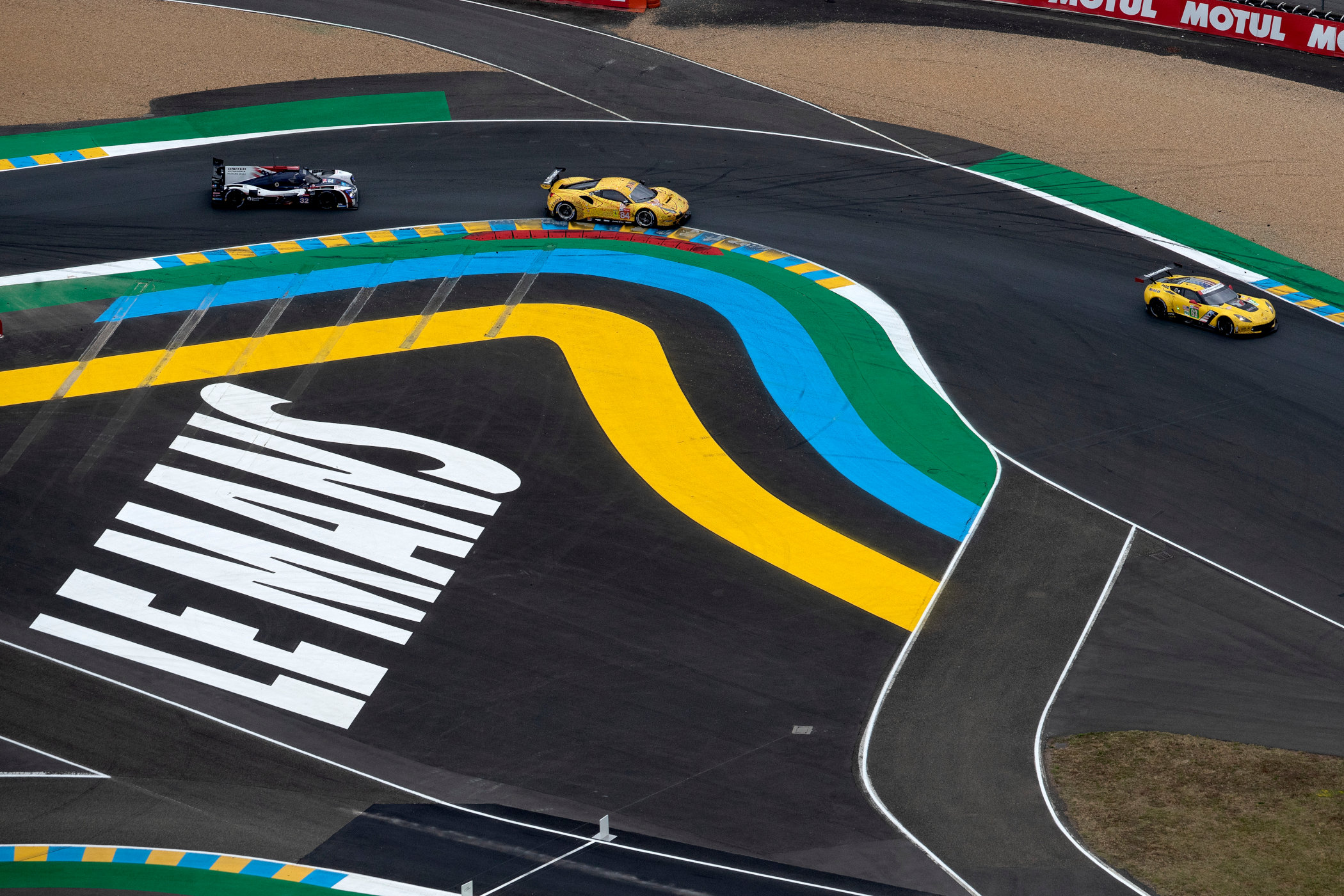100 Years Of The 24H Of Le Mans, The Upcoming 2023 Edition And The Rolex Connection
Diving into a century of endurance racing in the heart of France.

It is said the first-ever motor race happened right after the second-ever car was built. And as difficult as it is to constitute that claim, it does paint a pretty good picture of how far back motor racing goes. Sources mention several different events as the first official race in history, but the original one is considered to be the 1894 race from Paris to Rouen, France. At that time cars were basically horseless carriages, but nevertheless, 69 cars started the 50km race from A to B, with Count Jules-Albert de Dion (co-founder of De Dion-Bouton) winning the event in 6 hours and 48 minutes. Just after the turn of the century, the first purpose-built race tracks were built (Aspendale Racecourse, Brooklands, Milwaukee Mile) and speeds increased dramatically. By 1923 the town of Le Mans, about two hours away from Paris, hosted what would become one of the most legendary endurance races ever conceived; the 24 Hours of Le Mans. And as racing and timing go hand-in-hand, it’s no surprise Rolex plays a part in it too!
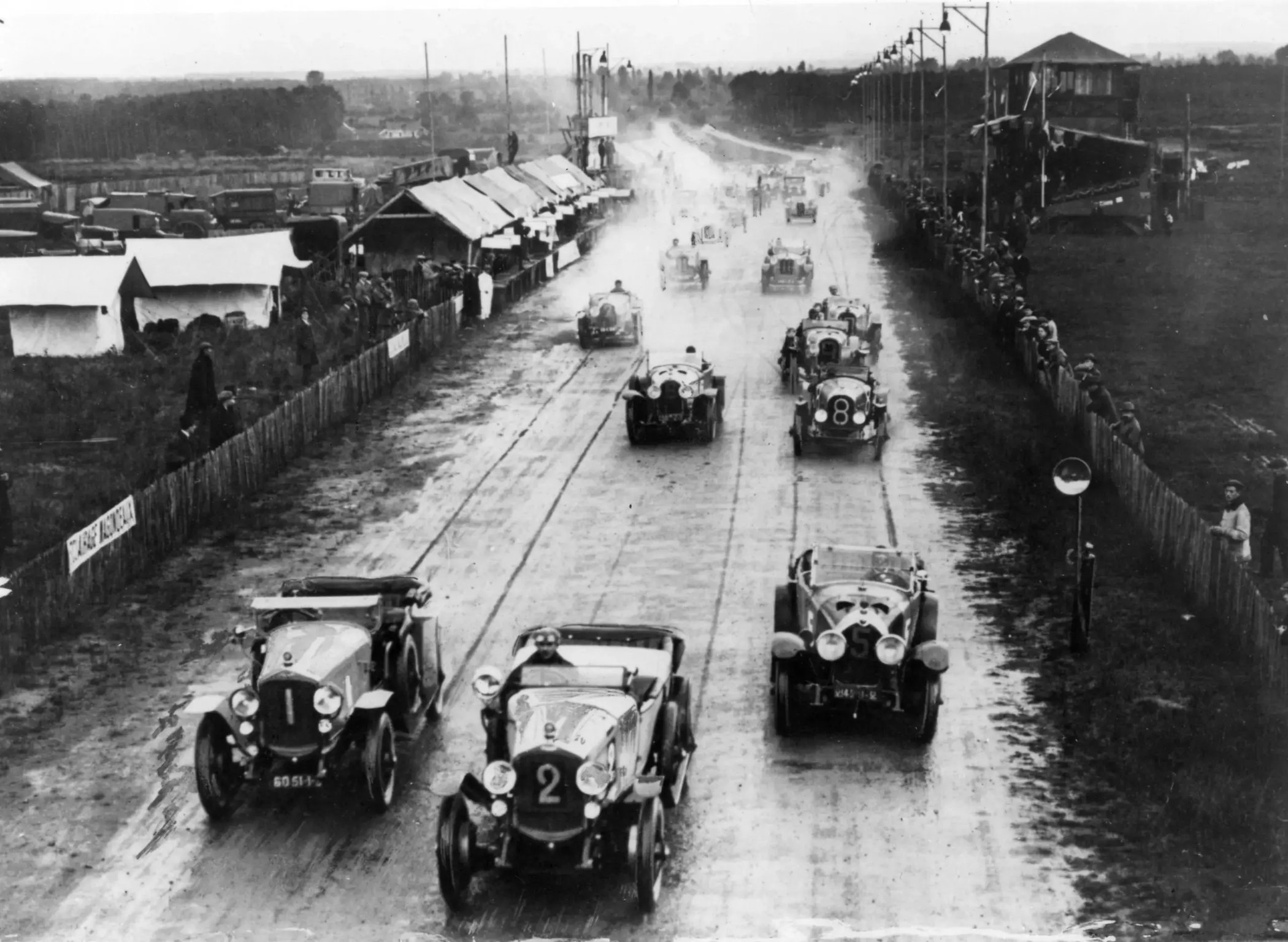
A Century of Endurance Racing
The 24 Hours of Le Mans is a truly iconic race and according to most, a genuine highlight of the year, even after 100 years of shaping motorsports. It is in fact the oldest active endurance racing event in history, and still going strong after a century of competition in the heart of France. The premise is simple; cars set off at a specific time of day and see who can travel the furthest after a full day of running laps around the Circuit de la Sarthe, as it is officially called. The first edition of the 24 Hours of Le Mans was won by Frenchmen André Lagache and René Léonard driving a Chenard-Walcker Type U3 15CV Sport. The duo managed to complete 128 laps for a total distance of 2,209 kilometres. To put things in perspective, the current distance record is held by Audi who finished after racing for 5,410 kilometres! To say racing at Le Mans has evolved over the past century is an understatement!
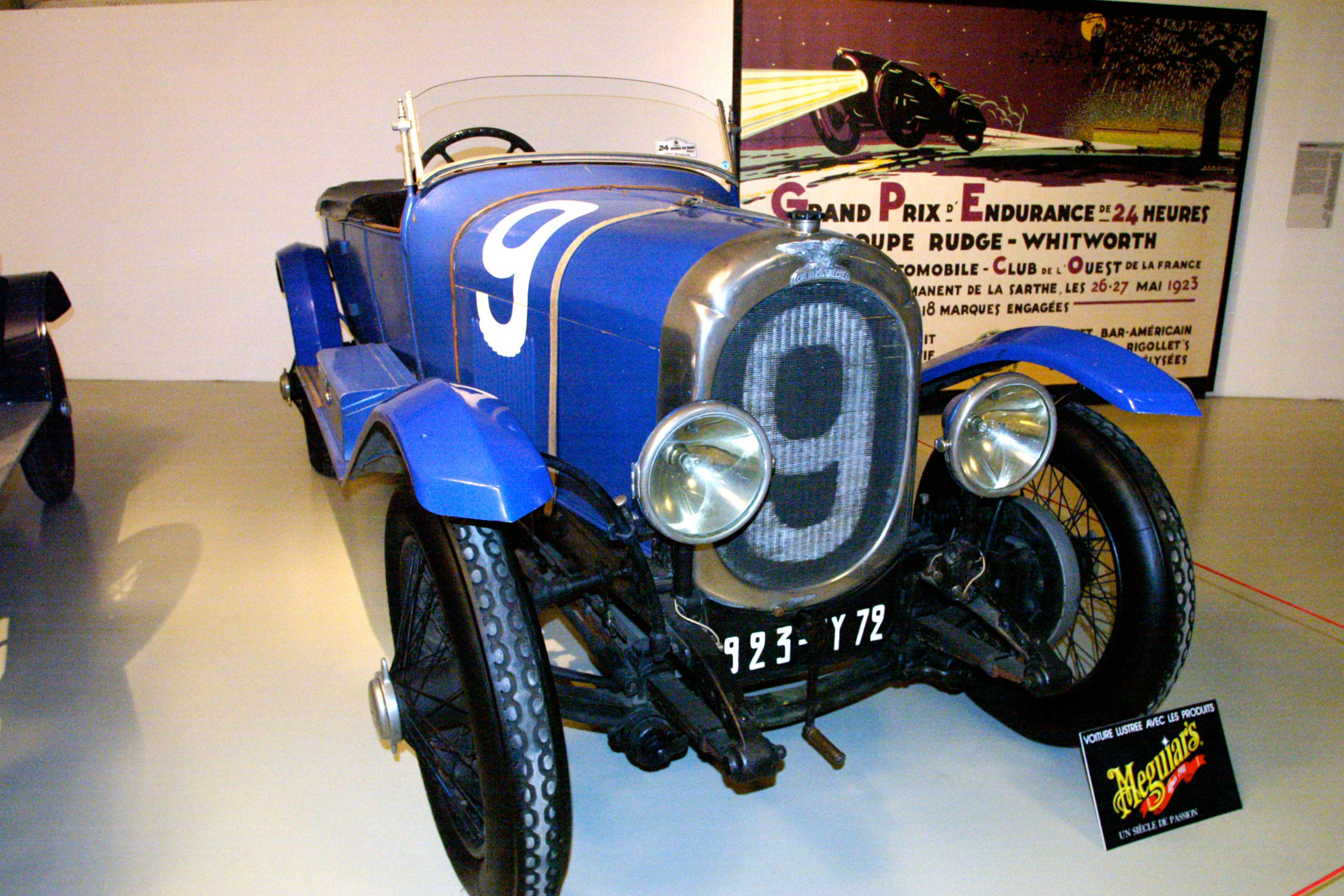
The race is organized by the Automobile Club de l’Ouest (ACO), founded in 1906, so actually prior to the inaugural event. The event is also one of the three events part of the Triple Crown of Motorsports, together with the Indianapolis 500 and the Monaco Grand Prix, something only Graham Hill has managed to complete! It is impossible to go through 100 years of history and list all the monumental events that occurred on and off track. In 100 years of racing (not 100 editions, as there was no race in 1936 and between 1940 and 1948) there have been some very iconic ones. Who can forget the Bentley Boys battling it out with Bugatti and Alfa Romeo? Or the fierce rivalry between Ford and Ferrari in the 1960s? Porsche’s dominance in the seventies and eighties? Or how about the fact cars would regularly hit 400kph in the Group C era?
Just going through the statistic already tells you a lot about the gruelling test of man and machine. I’m sure most know about the 19 overall wins of Porsche, or the fact Tom Kristensen won a staggering 9 times. But did you also know Porsche took home 108 class wins and has participated continuously from 1951 to 2022, a record in itself? Or the legendary Henri Pescarolo who participated a record 33 times as a driver, and won four times? Or that in 1931 only 6 cars reached the finish line, the lowest number ever? It’s a fascinating archive, really.

But it’s not just about who came out on top the most, or who set the fastest lap times. For some, it is all about competing in the first place, a bit in the vein of the Olympic spirit (competing is more important than winning). It takes sheer determination (and quite some resources) to compete at Le Mans. You need the proper licensing, experience in various other types of races, a seat with a team of course, and a crew to support you and your co-drivers throughout the entire event. The allure is so strong however, there’s no shortage of teams looking to race, even if it is against all odds or in a very special and unique car under the Garage 56 rules (more on that in a bit).
The evolution of Le mans
Le Mans is characterised by several key periods of racing, really. It all started with the French who dominated three of the first four years, followed by the Brits winning 5 years in a row as Bentley won 4 consecutive times. The Italians left their first mark on the race in 1931 when Alfa Romeo won, followed by three more victories at the hands of Luigi Chinetti (with Frenchman Raymond Sommer) and Tazio Nuvolari (alongside Raymond Sommer, and Philippe Étancelin). Following World War II, racing at Le Mans continued in 1948 and it was Jaguar and Ferrari that traded multiple wins for about a decade with the odd win by a Mercedes or a Talbot Lago mixing things up a little.
With the rise of prototype racing in the sixties and seventies, it swung from Ferrari to Ford and then to Porsche for a very long time. The German manufacturer won 7 years in a row between 1981 and 1987 during the fierce Group C era of hugely powerful prototype race cars. This was eventually phased out in favour of GT1 class racing, where icons like the McLaren F1, Porsche 911 GT1 and Mercedes CLK-GTR lined up on the grid. Then came LMP1 which morphed into Diesel and Hybrid power in the mid-1990s and early-2000s. Audi became a real threat to Porsche’s overall number of victories, as the manufacturer racked up 13 wins between 2000 and 2014.
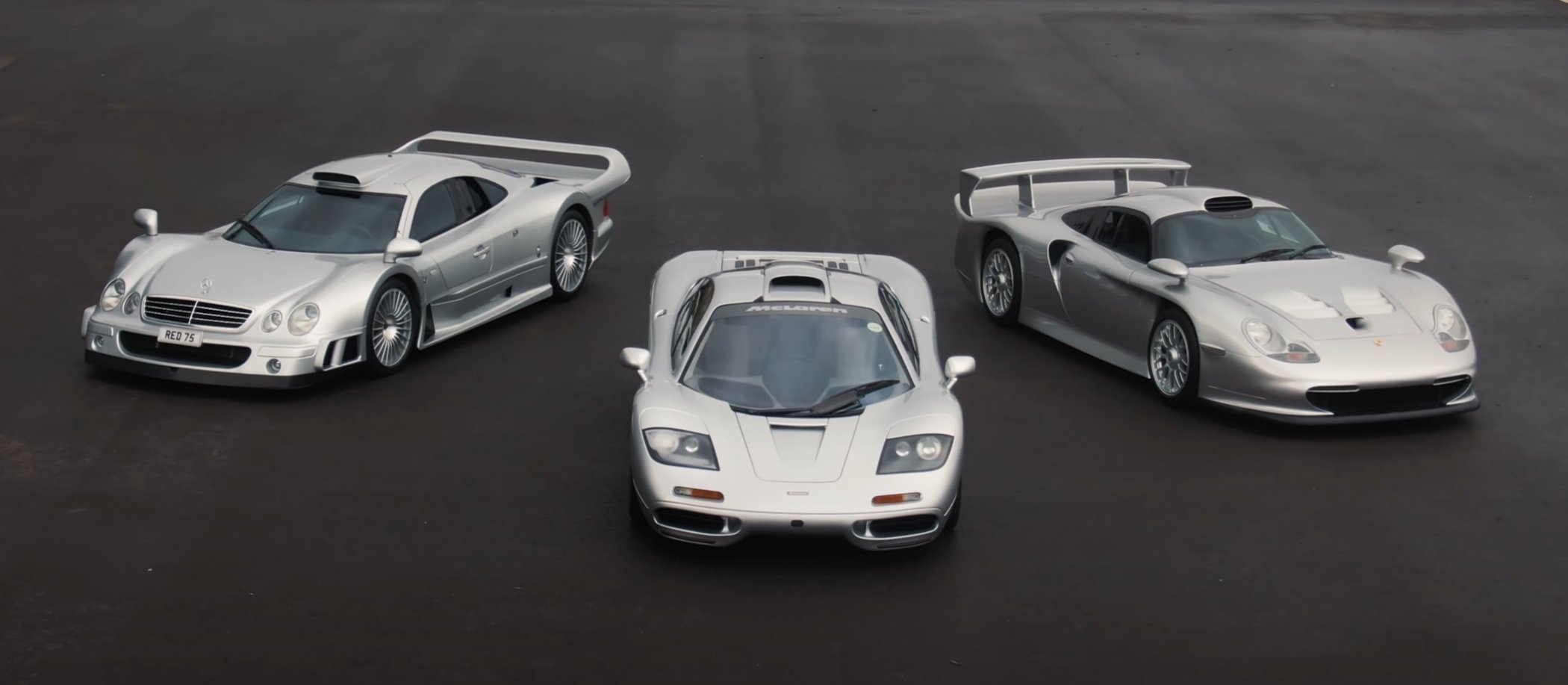
The final years of racing at Le Mans until now have been a showcase for Toyota, who won from 2018 onwards. The downside is that with the announced rule changes from Le Mans Prototype racing to Le Mans Hypercar (LMH) and Le Mans Daytona Hybrid (LMDh) racing, the competition dwindled and there was no real manufacturer left to oppose the Japanese. That started to change though in 2021 and 2022, as things were shaping up for a new era of top-tier racing, with new and returning names looking to claim victory once more!
the 2023 edition
I’ve gone over the stipulations for the new type of racing hosted at Le Mans known as the LMH or LMDh categories a number of times before. Both are raced under a specific set of rules regarding drivetrain, chassis and aero-package, but it’s designed to bring back manufacturers to the highest levels of endurance racing, whilst also keeping it open to privateers and specialist manufacturers. And it is paying off big time, as historic names such as Porsche and Ferrari have entered this year’s edition, alongside relative newcomers like Glickenhaus. Cadillac has joined with the V-Series.R, the historic Vanwall name is back again, Toyota continues to push the GR010 Hybrid, and Peugeot fields the unconventional 9X8…. and that’s just in the top-tier class!
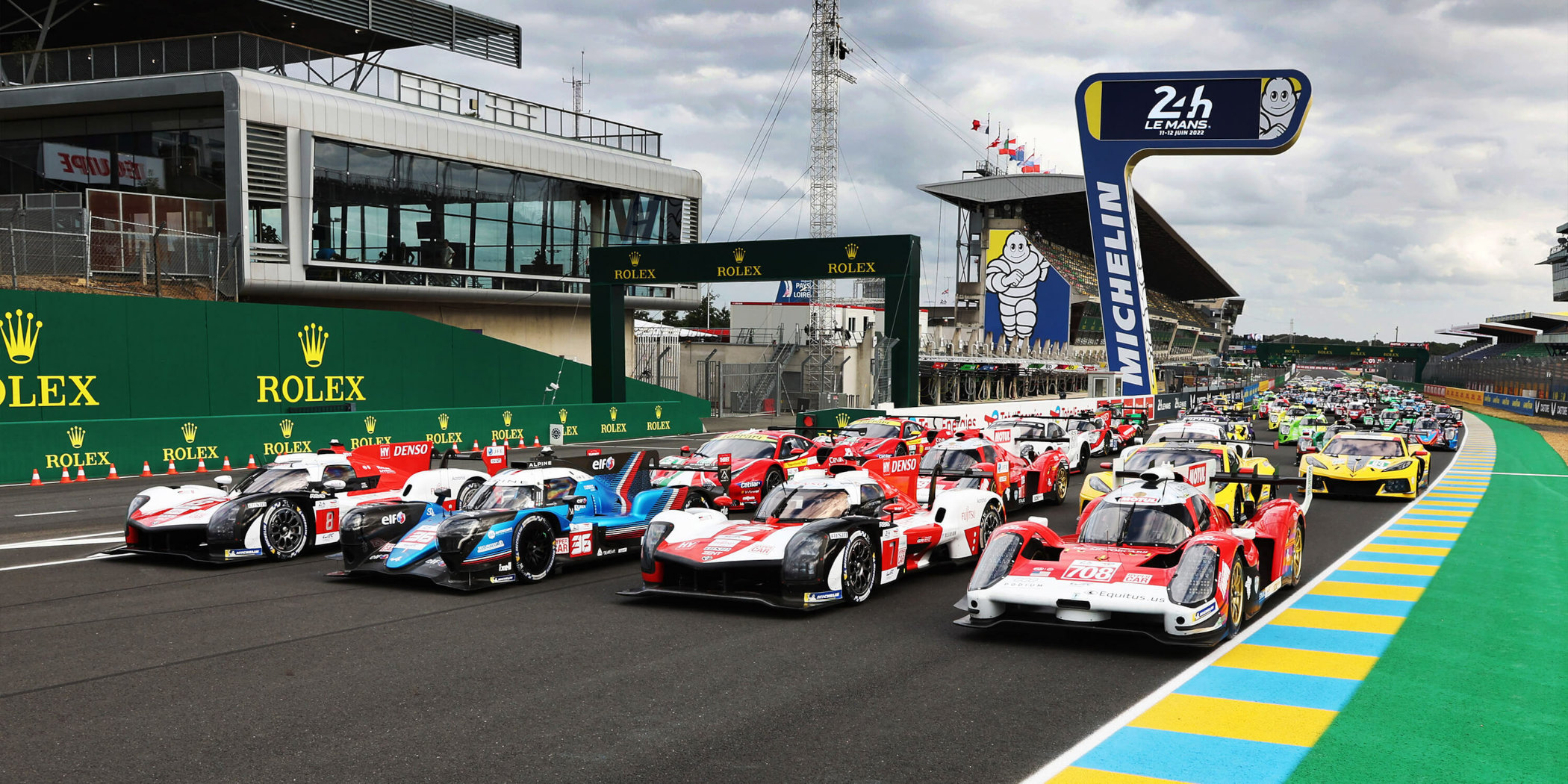
The LMP2 class and GT classes have also undergone some changes. The LMP2 category is mandatory to race with a predetermined chassis by one of four specified manufacturers (all competing teams have gone for Oreca) and must run with a naturally aspirated 4.2 litre V8 petrol engine by Gibson Racing. The power is limited to 540bhp, with a minimum weight of 950 kilos. The aerodynamic package has also been specified and limited, so essentially the LMP2 class comes down to a one-maker racing series. This is all fine, as it keeps budgets in check and makes for some of the closest racing imaginable! Just last year I had the pleasure of joining the United Autosports team with Lorige, who experienced the most dramatic start of an endurance race you can imagine; getting knocked off through no fault of your own in the first corner of the first lap! That’s also very much part of the whole Le Mans adventure, although not the most pleasant one.
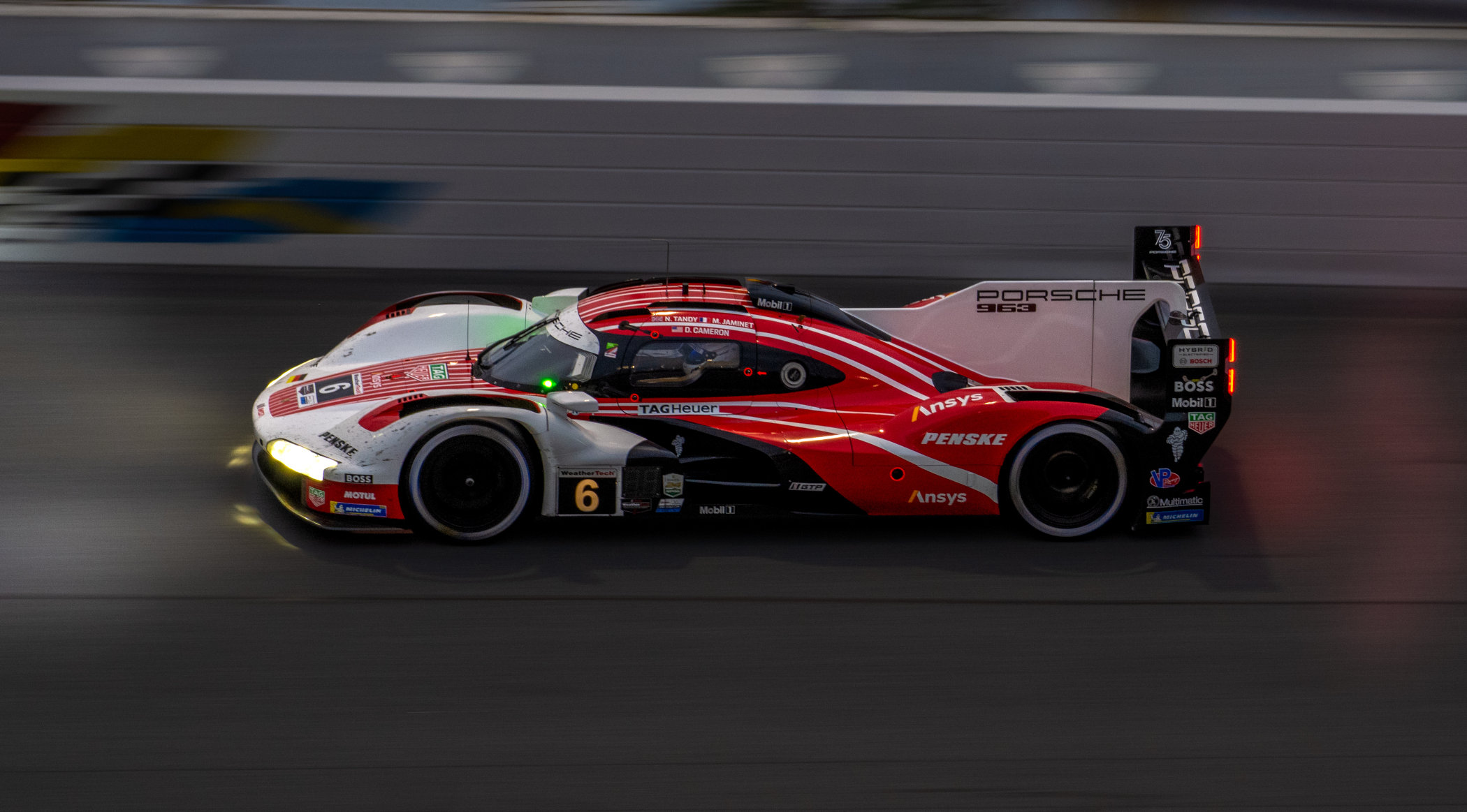
Before this year’s edition, GT-class racing at Le Mans was done in two categories running the same type of cars. These are the ones that resemble road cars the closest (by looks at least) as the grid is always packed with race-prepped versions of sports cars like the Porsche 911, Chevrolet Corvette, Ferrari 488, Aston Martin Vantage and so on. The difference between the two GT classes came down to the set of drivers. On one hand, you had fully professional racing outfits running under the GT-Pro class, and on the other teams with at least one amateur driver running under the GT-Am class. These have now been combined under the new LMGTE Am class, with each team requiring at least one non-professional driver. This is again a fiercely competitive category at Le Mans, with names like Proton Competition, AF Corse, Kessel Racing and others expected to battle it out from start to finish.
The last thing to mention is the Garage 56 entry, which is intended to field unique developmental or concept cars or cars that simply don’t fit in any of the other categories but deserve to race Le Mans regardless. Only one car can enter each year and it is not eligible for the overall win, even if it could potentially do so. In the past, we’ve seen cars like the Nissan DeltaWing and the hydrogen-powered GreenGT H2 project. This year though, things will be a bit different at Garage 56, as Hendrick Motorsports have entered a modified NASCAR Cup Series Chevrolet Camaro ZL1, piloted by Jenson Button, Jimmie Johnson and Mike Rockefeller. With it, the overall entry list comes to 62, the same as last year and tying the record for most cars at the start of a Le Mans 24 Hours race (if they all qualify and start, that is!).
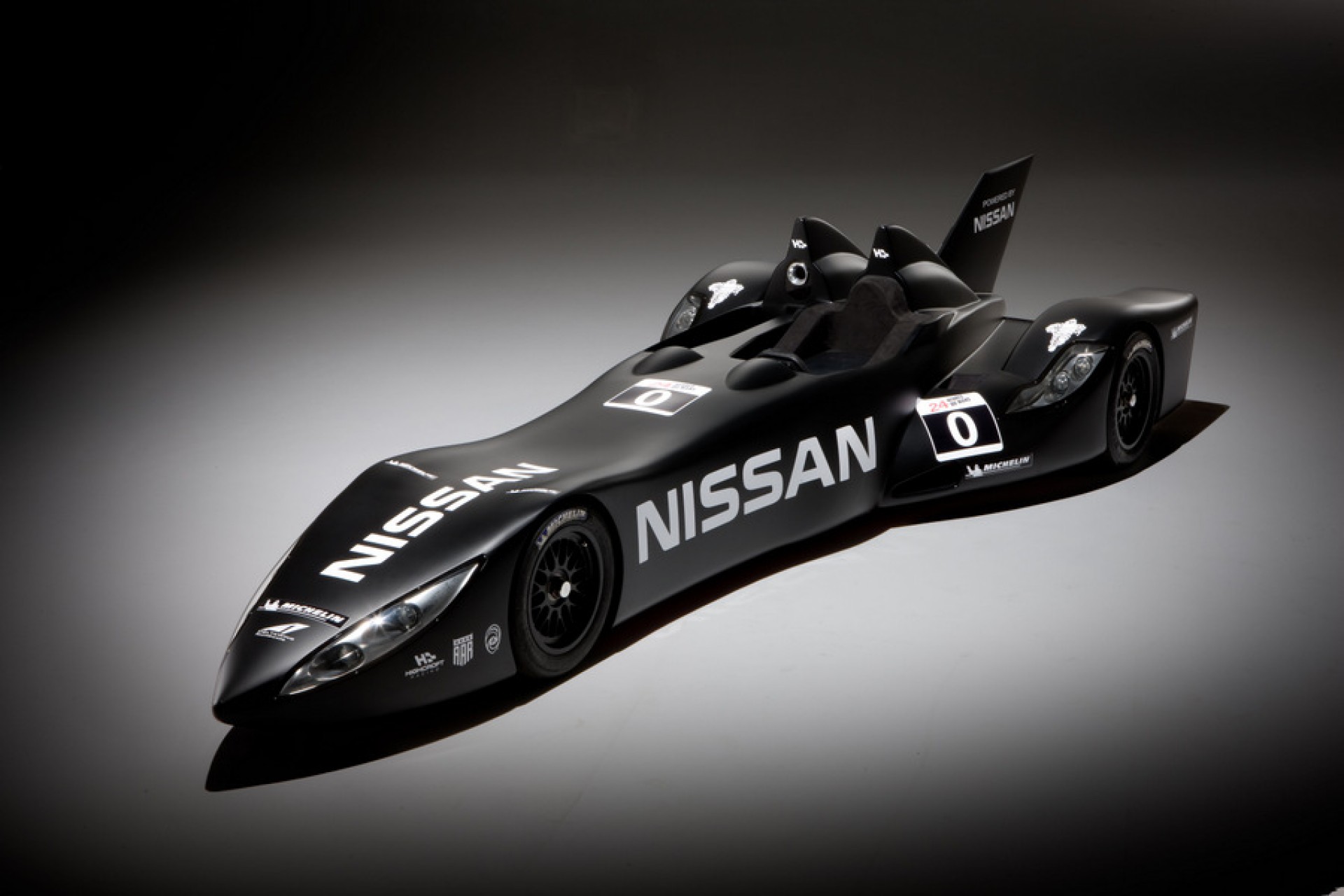
The Rolex Connection
Whenever there is competition involved, some form of timing technology is never far away, and the same goes for the 24 Hours of Le Mans. Timing a racing event can come down to thousands of a second, and few have a history in the field of motorsport as long and substantial as Rolex. The first connection between The Crown and motor racing dates back to 1930 when Sir Malcolm Campbell wore a Rolex Oyster while racing the Bluebird land speed record car at Daytona Beach in the US. In the years that followed, Campbell set multiple world land speed records wearing Rolex watches.
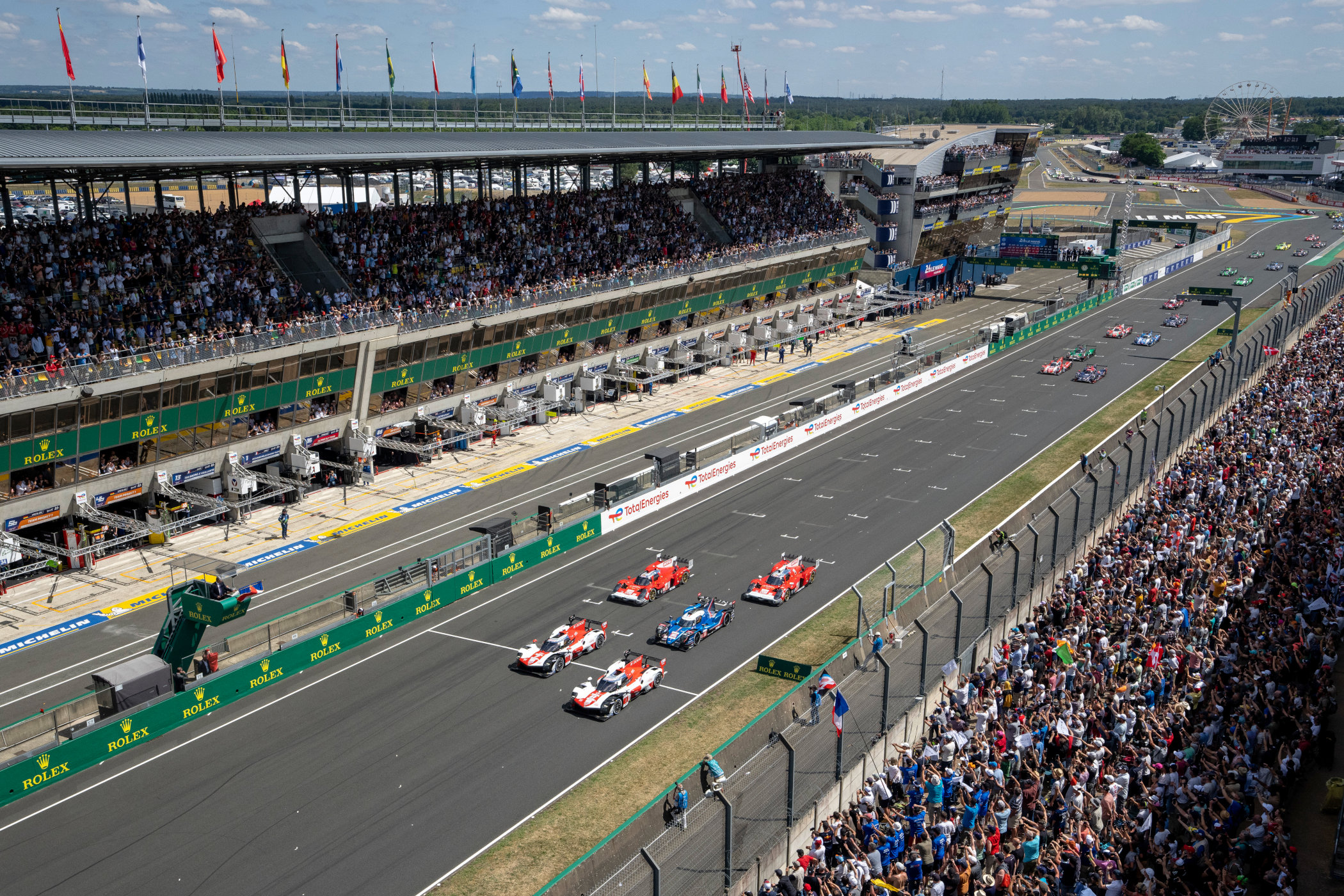
In the field of endurance racing, the connection between Rolex and the Daytona International Speedway and the Daytona 24 Hours is pretty evident. After all, it is that very event that lent its name to the iconic Rolex Cosmograph Daytona, born four years after Rolex’s first association with the Daytona International Speedway. In 1992 it became the title sponsor for the Daytona 24 Hours, which is now known as the Rolex 24 at Daytona. The race is still one of the most famous and highly regarded races of the season, attracting many of the same names and faces as the 24 Hours of Le Mans pulls in.
This ‘born on the race track’ mentality for Rolex has found its way to mainland Europe as well, as three-time F1 World Champion Sir Jackie Stewart has been a long-time Rolex Testimonee. The brand has also been the official timing partner of the 24 Hours of Le Mans since 2001. That was also the year Tom Kristensen, 9 times overall Le Mans winner, joined as Rolex Testimonee. Rolex also became the official timepiece of the FIA World Endurance Championship in 2016, further engulfing the brand in long-distance road racing in the modern era. Other Rolex Testimonees include former F1 driver and multiple-time Le Mans participant Mark Webber, and former F1 World Champion Jenson Button.
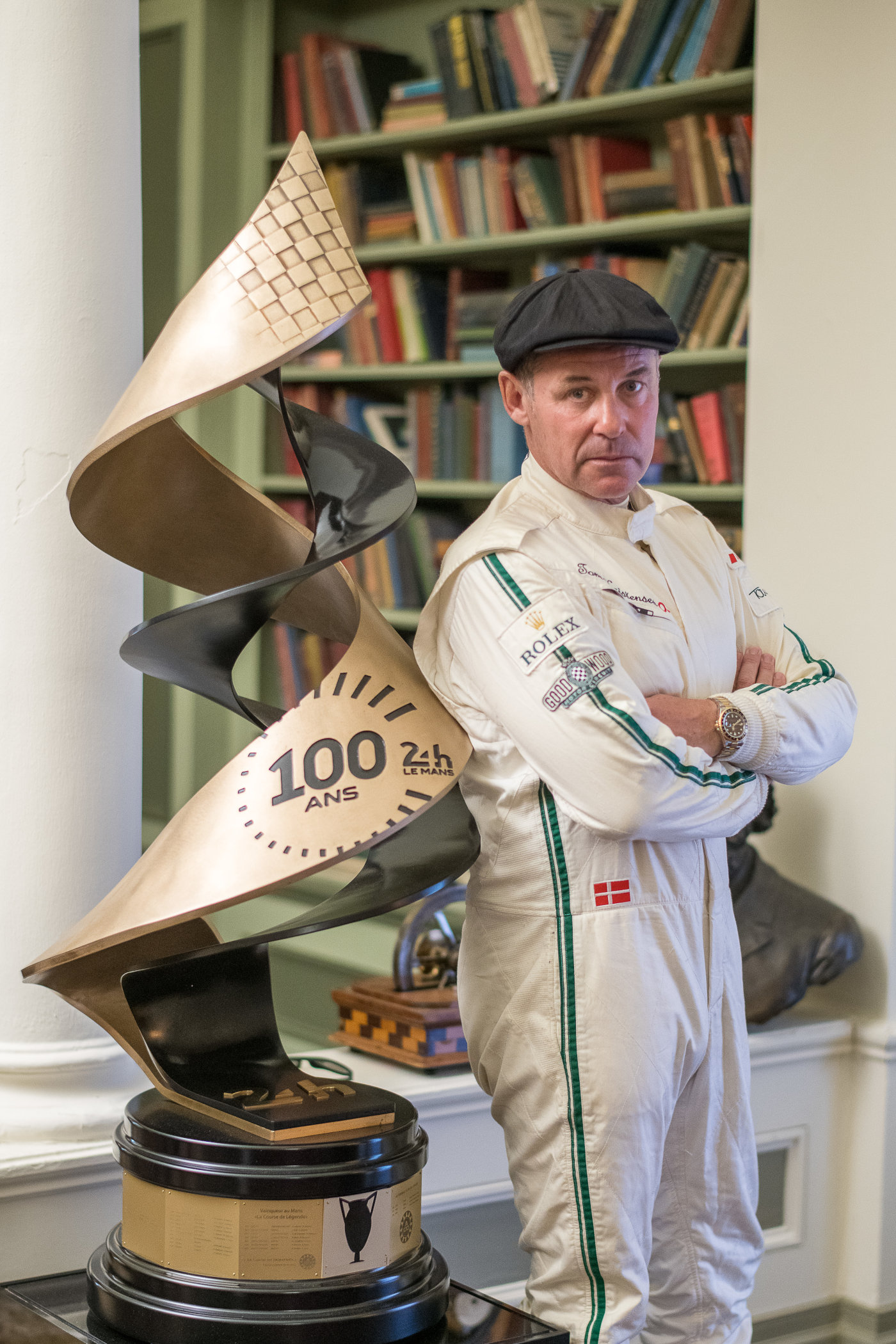
The link between the world of mechanical watchmaking and motor racing is pretty much the most natural fit there is. To quote Tom Kristensen on what that implies:
“For a racing driver, Rolex and the 24 Hours of Le Mans are the perfect match; the most elegant and prestigious watchmaker and the most mythical and legendary car race. So many stories play out over the 24 hours and when you have the right process it creates magic. We carry a victory at Le Mans with us for the rest of our lives. It is an honour and a big responsibility to be the official ambassador of this year’s centenary edition.”
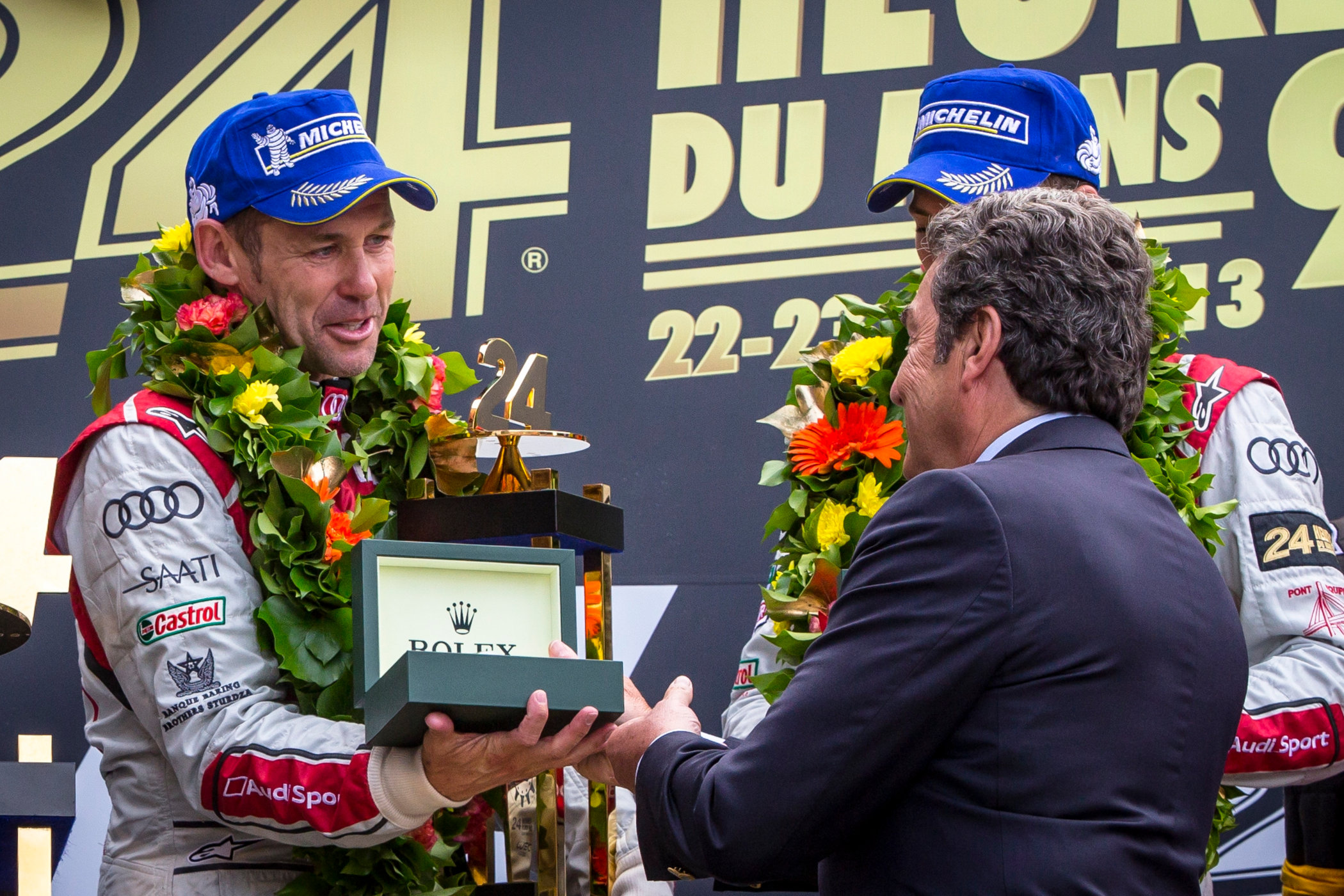
This perfectly sums up not only what it means to work your up the various types of racing to enter Le Mans at one point in life, but also how it impacts one’s life beyond the race. Even more so if you happen to win the daunting 24-hour endurance race! This year, as the years before it, will once again see some of the best and most passionate racing car drivers in the world battle it out over the legendary 13.6 kilometre-long Circuit de la Sarthe in an ultimate test of man and machine. And what better way to do that, than with the support of the ultimate racing chronograph; the Rolex Daytona!
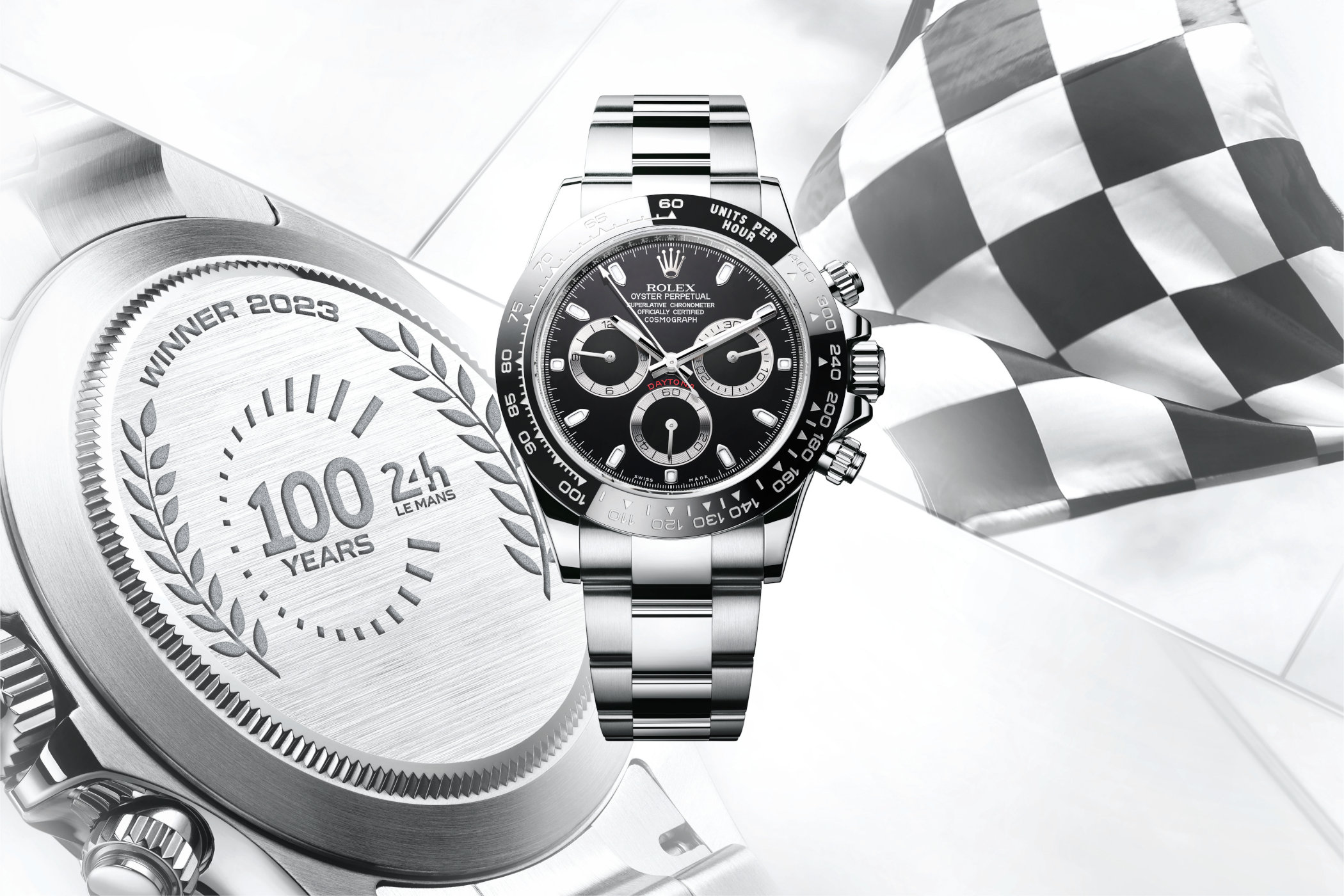
For more information on the watch, the brand or the race, please visit Rolex.com and 24H-LeMans.com
Editorial Note: Most of the images portrayed in this article have been supplied by and used with permission of Rolex or stem from our own archives. The images sourced from external sources are credited in the caption below each image.

